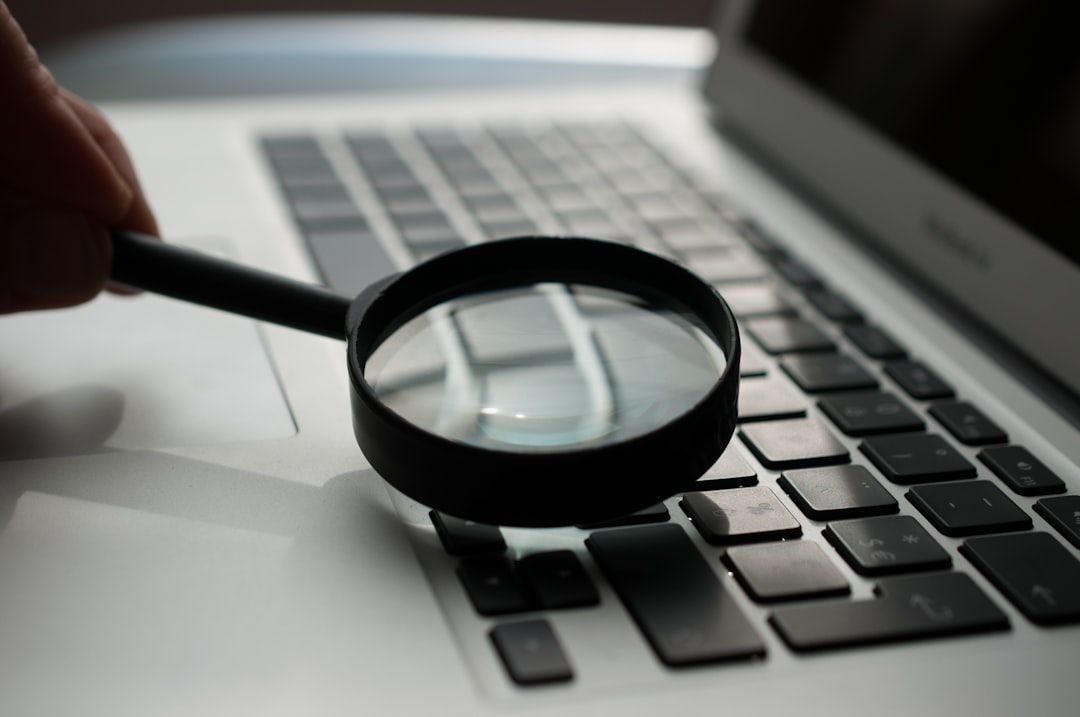If you’re a digital detective or diving into cyber forensics, chances are you’ve crossed paths with Zak Tools. They’re simple, powerful tools used for unlocking truths in the command line world. But don’t worry—you’re not breaking into anything! You’re recovering, revealing, and learning. Let’s uncover how Zak Tools can help you do that, step by step.
What Are Zak Tools?
Zak Tools are a set of command line utilities. They are popular for Windows systems. They help forensic analysts pull important data from compromised machines quickly.
They’re known for being fast, lightweight, and effective. Imagine them as digital skeleton keys—but legal ones!
Why Use Them?
- Speed: No slow GUI. Get results instantly in the command line.
- Portability: Run from a USB drive or a mounted folder. No installation needed!
- Efficiency: Pinpoint data that matters—user history, application logs, network settings, and more.

Getting Started
First, download the Zak Tools from a trusted source. Make sure you trust the website or repository. Always verify the integrity of what you download.
Pro Tip: Use the SHA256 hash they provide to double-check file authenticity. You don’t want rogue tools in your toolbox!
Basic Setup
- Save the Zak Tools folder in a convenient location—like
C:\Zak. - Open the Command Prompt as administrator.
- Navigate to the folder:
cd C:\Zak - Test a basic command:
zt.exe -h(this displays help for Zak Tools)
If it works, you’re in! Let’s do magic.
Most Useful Zak Tool Commands
Here’s a list of Zak Tools you’ll quickly fall in love with:
ztpasswd– Recover or reset lost Windows passwords.ztuserdump– Dump user account info and last login time.ztport– List open network ports.ztntfs– Show NTFS drive file structure and hidden files.ztevid– Extract Event Viewer logs.
Each one is like a tiny secret agent helping you expose the truth.
Real-World Scenario: Laptop Investigation
Imagine you’re handed a suspicious laptop. You need to find out if someone was accessing forbidden files.
- Boot the system with a forensic live OS (never boot from the internal drive).
- Mount the drive, and run Zak Tools from your USB.
- Use
ztntfs -listto show the file system and uncover hidden files. - Then
ztevid -extractto pull system events and look for anything odd—login failures, permission changes, etc.
Voila! You’ve just done your first forensic sweep.

Tips for Using Zak Tools Like a Pro
- Document every step. The command line doesn’t lie, but you still need solid notes.
- Use redirection: Save output to text files by adding
> filename.txtto your command. - Chain tools together. Use outputs from one tool in another for deeper analysis.
For example, dump user logins using ztuserdump, then check against login events using ztevid. Boom—behavioral clues!
Don’t Forget Ethics
Always have permission to investigate a system. Forensics without consent can become illegal fast. Be the hero, not the hacker.
Conclusion
Zak Tools make command line forensics fun, fast, and effective. They’re digital magnifying glasses that help you find what others miss. Whether you’re solving cyber mysteries or just exploring your own system, you’ll feel like a wizard behind the screen.
Now go forth and analyze—for science, security, and a sprinkle of digital justice!

